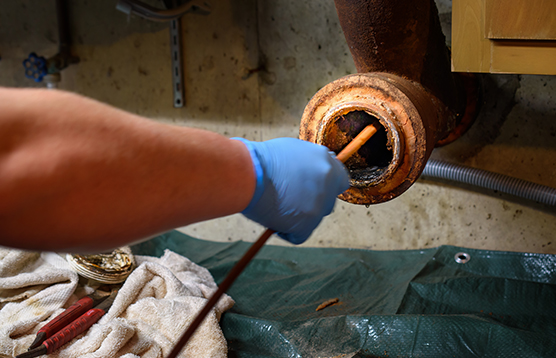
A sewer line camera inspection is a non-invasive and efficient method used to assess the condition of underground sewer pipes and identify potential issues. It involves the use of a specialized waterproof camera that is inserted into the sewer line through an access point, such as a cleanout. The camera is attached to a flexible cable, allowing it to navigate through the pipe system, capturing high-resolution video footage and transmitting it in real-time to a monitor or recording device.
There are several signs that can indicate potential sewer line issues. If you notice any of the following signs, it’s advisable to have your sewer system inspected and repaired by a professional plumber:

If you experience slow drainage in multiple fixtures such as sinks, bathtubs, or toilets, it could be a sign of a blockage or clog in the sewer line.

Unpleasant odors, particularly sewage smells, coming from drains or your yard can be indicative of sewer line problems. Sewer gas may be escaping through cracks or openings in the pipes.

If you hear gurgling or bubbling noises when water is draining from fixtures, it suggests that there is air trapped in the sewer line due to a blockage or venting issue.

When using one plumbing fixture, such as a toilet, causes water or sewage to back up into another fixture (e.g., a shower or sink), it indicates a blockage in the sewer line.

Sewer line leaks or breaks can lead to water pooling in specific areas of your yard or create soggy patches. This can be due to the water escaping from the damaged pipe underground.

The most severe sign of a sewer line issue is if raw sewage starts to back up into your home. This can occur through drains, toilets, or floor drains, indicating a significant blockage or damage in the sewer line.

Damaged sewer lines can attract pests like rodents and insects that are drawn to the sewage. If you notice an increase in pest activity, it may be linked to sewer line issues.
There are several benefits to getting a sewer line camera inspection. Here are five key advantages:
Sewer line camera inspections provide a precise and detailed view of the interior condition of your sewer pipes. This allows professional technicians to identify the exact location and nature of any issues, such as clogs, blockages, cracks, leaks, or root intrusions. By knowing the specific problem, targeted solutions can be implemented, saving time and money.
Investing in a sewer line camera inspection can be a cost-effective decision in the long run. It helps prevent unnecessary and potentially expensive repairs or replacements by detecting problems early on. Identifying minor issues before they escalate into major ones can save you from significant expenses associated with extensive repairs or even complete sewer line replacement.
Traditional methods of diagnosing sewer line problems involve guesswork or invasive digging to locate the issue. However, with a sewer line camera inspection, technicians can quickly and accurately identify the problem without the need for extensive excavation. This saves time and minimizes disruption to your property, as repairs can be targeted to the specific area that needs attention.
Regular sewer line camera inspections can be a part of proactive maintenance for your plumbing system. By conducting inspections at scheduled intervals, you can catch potential issues before they worsen. This proactive approach helps to extend the lifespan of your sewer system, preventing emergencies and the need for major repairs or replacements.
One of the significant benefits of a sewer line camera inspection is the peace of mind it provides. Knowing the condition of your sewer lines and addressing any issues promptly can alleviate concerns about potential sewage backups, water damage, or health hazards. You can rest easy, knowing that your sewer system is functioning properly and that appropriate measures have been taken to prevent any future problems.
It’s worth noting that these benefits apply to homeowners, property managers, and businesses alike. A sewer line camera inspection is a valuable tool for assessing the condition of your sewer system and maintaining its optimal functionality.
Choose a date and time that fits your schedule...
A technician typically accesses a sewer line to use a camera through an access point called a cleanout or clean-out. A cleanout is a point of entry into the sewer system that provides easy access for maintenance and inspection purposes. It is usually a capped pipe that extends vertically from the main sewer line and is designed to allow a technician to insert equipment, such as a sewer camera, to visually inspect the condition of the sewer line.
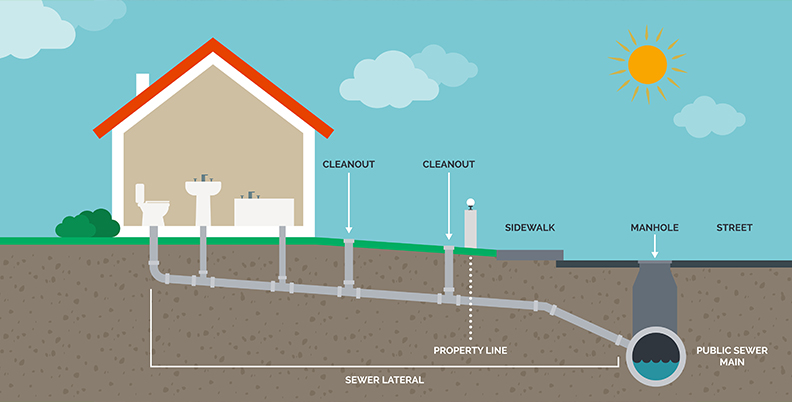
Cleanouts are commonly found in basements, crawl spaces, or outside the building near the main sewer line. They are usually located at the point where the sewer line exits the building or at strategic intervals along the sewer line, such as at bends or junctions. In residential properties, the cleanout is often situated in the basement or near the perimeter of the house.
To access the sewer line with a camera, the technician would typically remove the cleanout cap and insert the camera equipment through the opening. The camera can then be navigated through the sewer line to visually inspect its condition, identify any blockages, or detect other issues.
It’s important to note that the exact location of the cleanout may vary depending on the building’s plumbing design and local building codes. If you’re specifically looking for the cleanout access point in your property, it’s recommended to consult a professional plumber or a sewer service technician for accurate guidance.
In general, a typical residential sewer camera inspection can take anywhere from 45 – 90 minutes. This estimate includes the time required for setup, such as accessing the sewer line and inserting the camera, as well as the actual inspection process. The technician will carefully guide the camera through the sewer pipes, capturing real-time footage and identifying any potential problems along the way.
The duration of a sewer camera inspection can vary depending on several factors, including the size and complexity of the sewer system, the length of the pipe being inspected, the presence of any blockages or issues, and the thoroughness of the inspection.
For larger or more complex sewer systems, such as those in commercial or industrial settings, the inspection may take longer. It’s not uncommon for such inspections to last several hours or even an entire day, especially if there are multiple lines or extensive sewer networks to be examined.
Ultimately, the specific duration of a sewer camera inspection will depend on the unique circumstances of the situation.
There are several types of materials commonly used for sewer lines. The choice of material depends on various factors such as cost, durability, local regulations, and the specific needs of the sewer system. Here are some of the most common types of sewer line materials:
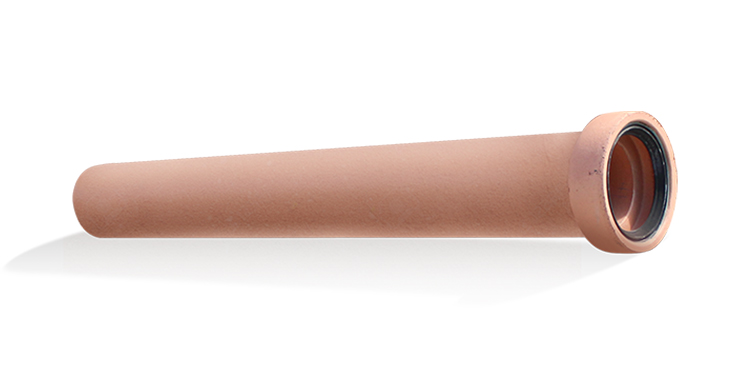
HDPE pipes are made of a strong, flexible plastic material. They are highly resistant to corrosion, abrasion, and chemicals. HDPE pipes are commonly used in both residential and commercial applications.
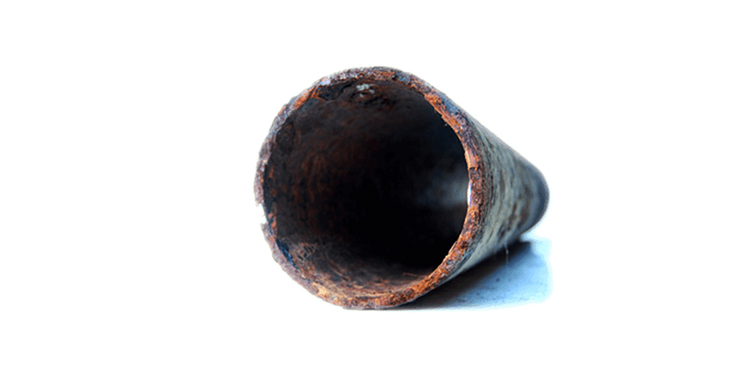
HDPE pipes are made of a strong, flexible plastic material. They are highly resistant to corrosion, abrasion, and chemicals. HDPE pipes are commonly used in both residential and commercial applications.
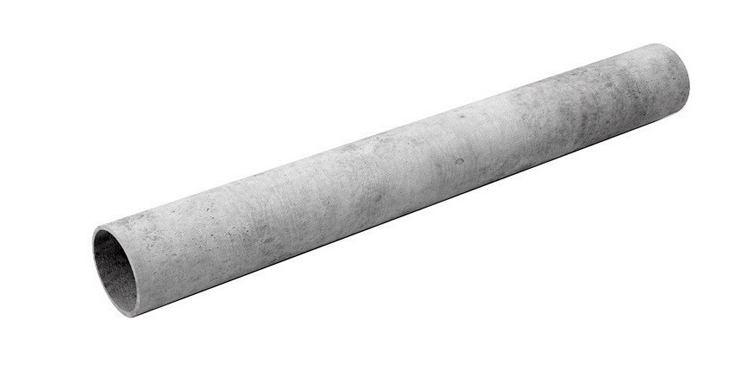
HDPE pipes are made of a strong, flexible plastic material. They are highly resistant to corrosion, abrasion, and chemicals. HDPE pipes are commonly used in both residential and commercial applications.

HDPE pipes are made of a strong, flexible plastic material. They are highly resistant to corrosion, abrasion, and chemicals. HDPE pipes are commonly used in both residential and commercial applications.

HDPE pipes are made of a strong, flexible plastic material. They are highly resistant to corrosion, abrasion, and chemicals. HDPE pipes are commonly used in both residential and commercial applications.

HDPE pipes are made of a strong, flexible plastic material. They are highly resistant to corrosion, abrasion, and chemicals. HDPE pipes are commonly used in both residential and commercial applications.